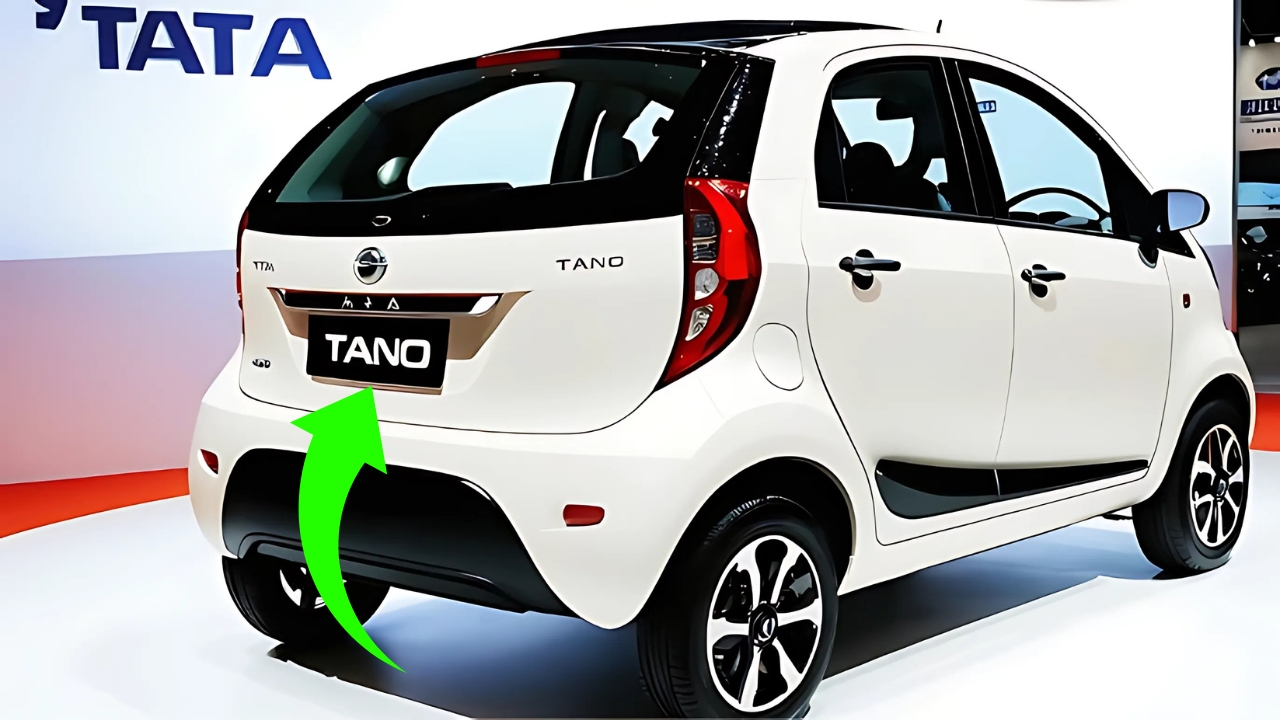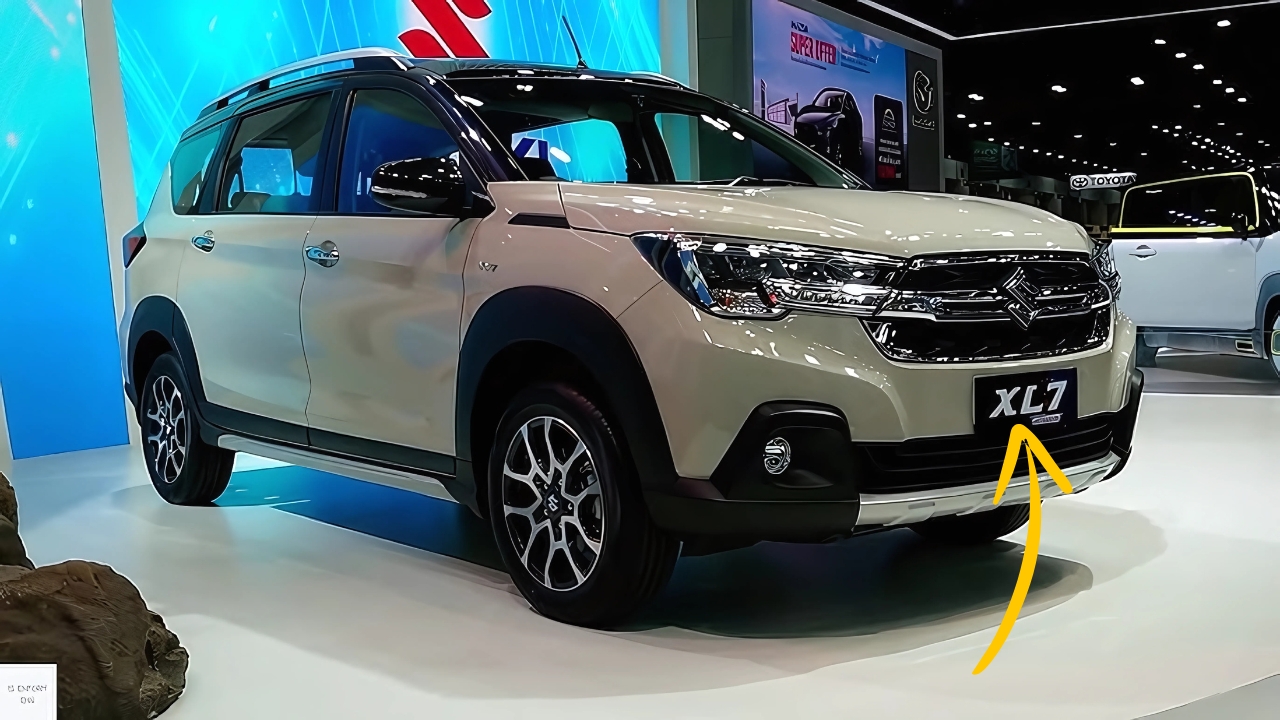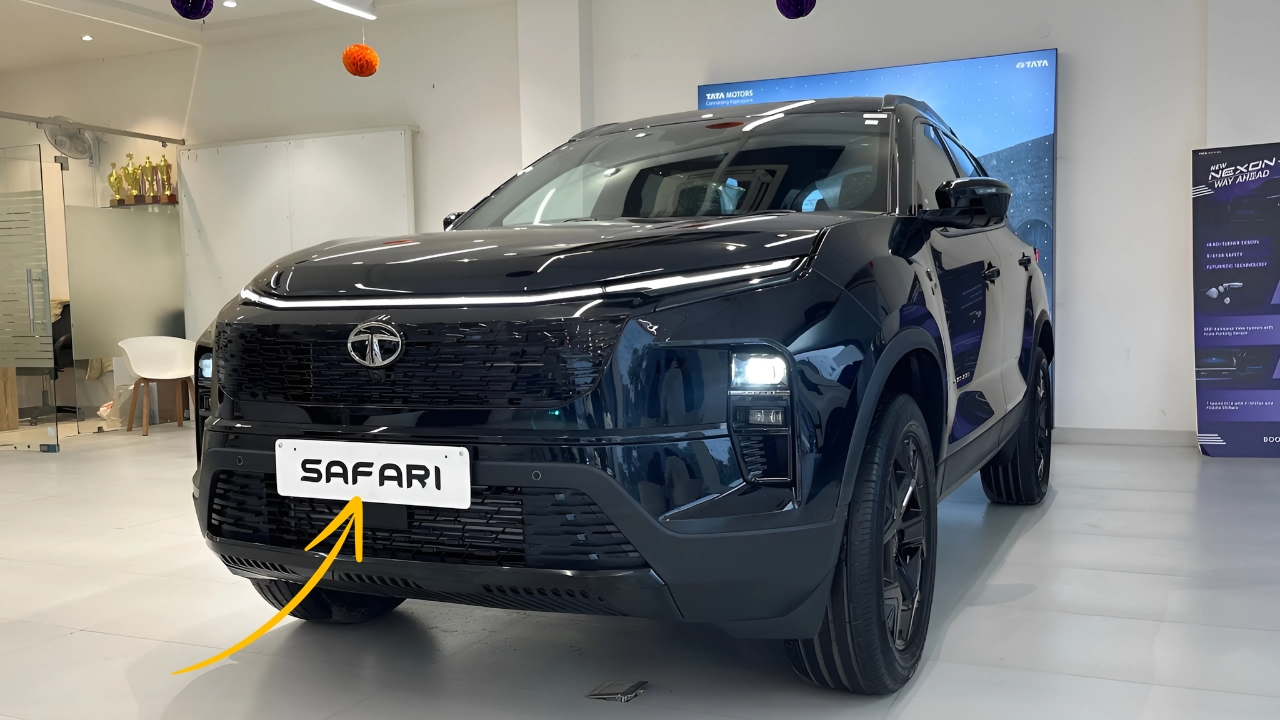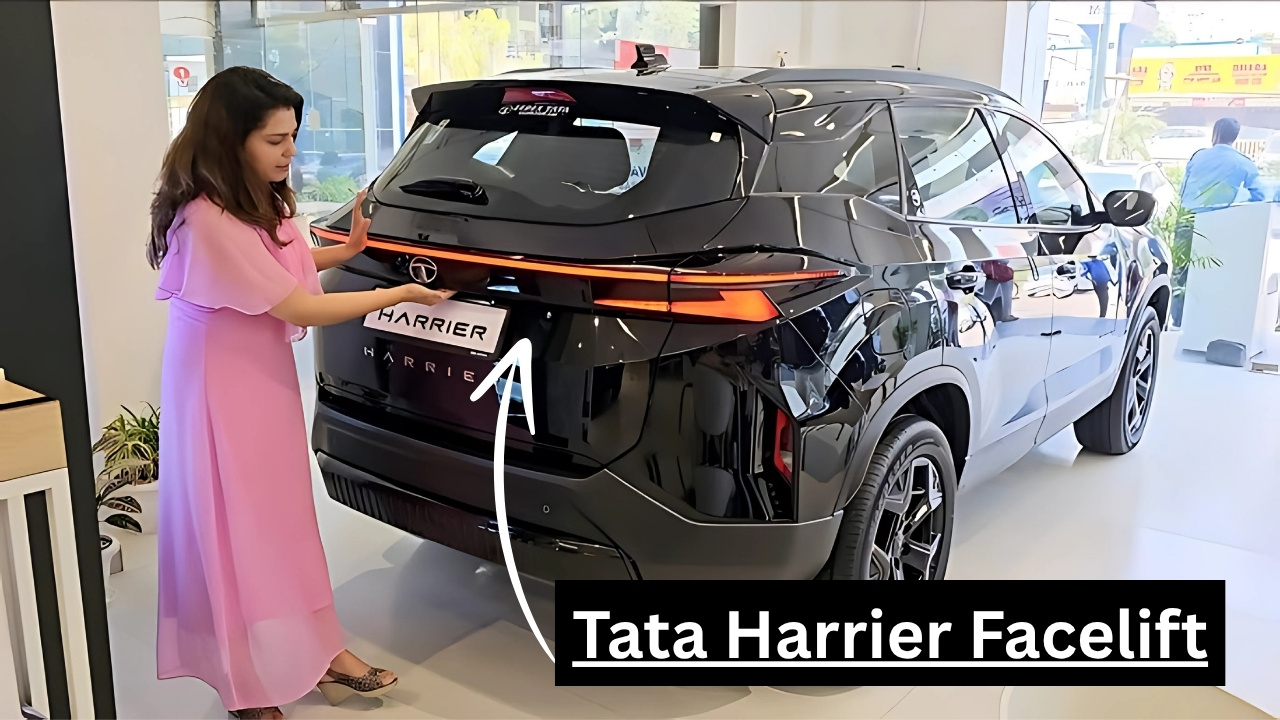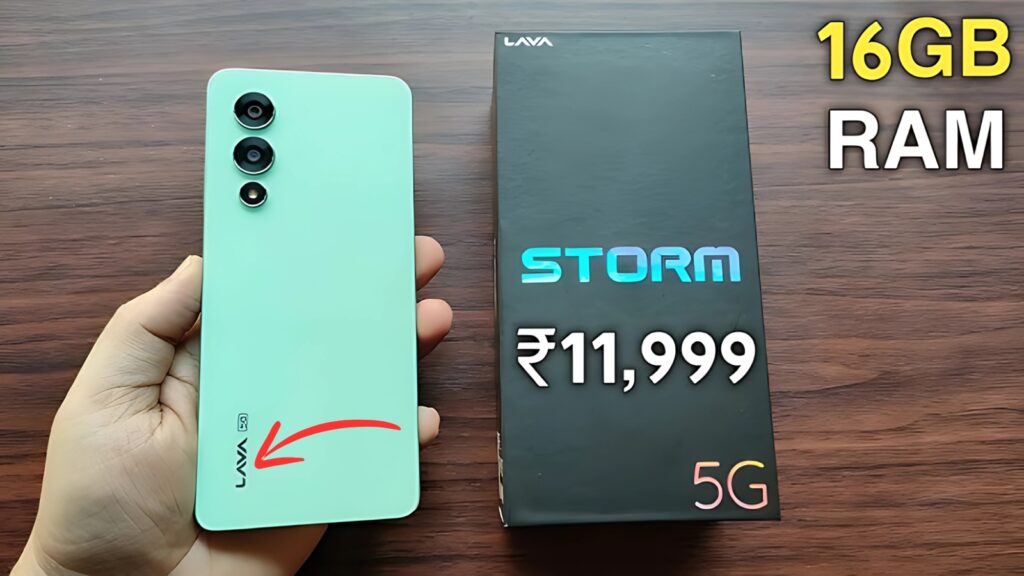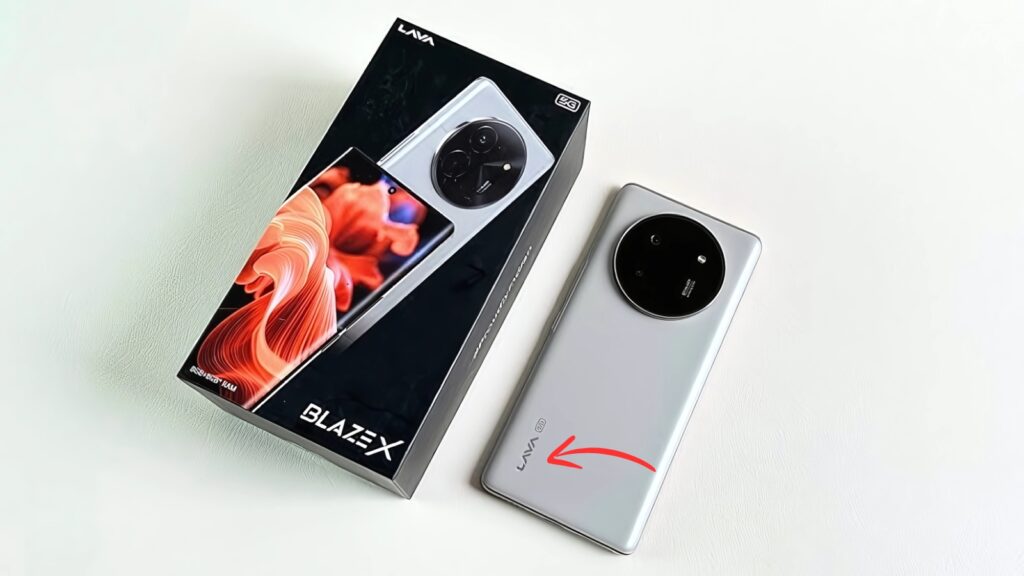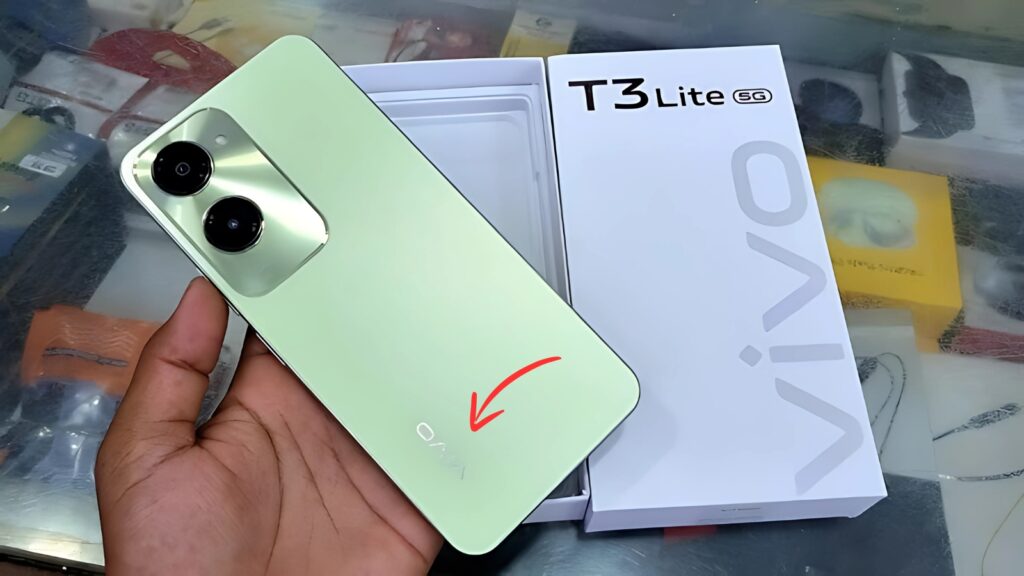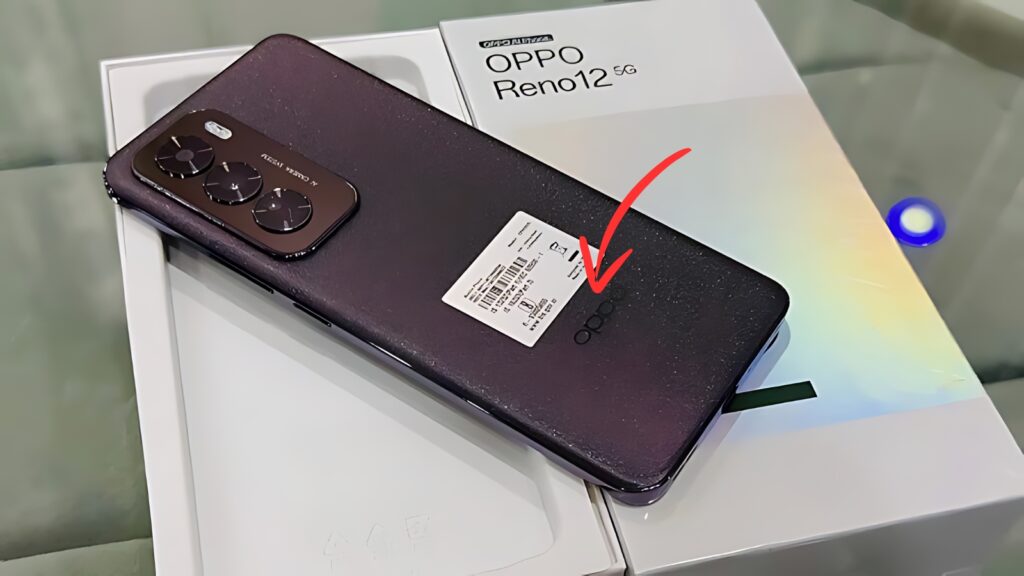Tata Nano : The Tata Nano, once heralded as the world’s most affordable car, may be preparing for a comeback with a fresh approach to budget-friendly transportation.
While Tata Motors hasn’t officially announced a relaunch, industry speculation and evolving market conditions suggest the iconic small car could return with significant updates to meet modern consumer expectations.
The Original Nano’s Journey
Launched in 2008 with a revolutionary price point of approximately ₹1 lakh, the Tata Nano was envisioned by Ratan Tata as a safer alternative to two-wheelers for Indian families.
The original concept aimed to provide four-wheeled mobility to millions who couldn’t previously afford a car. Despite its innovative engineering and record-breaking affordability, the Nano faced challenges including perception issues, marketing missteps, and evolving consumer preferences.
Production officially ended in 2018, but the Nano’s legacy continues to influence discussions about affordable mobility solutions. The car’s initial promise of ultra-affordable transportation remains relevant, especially as urbanization increases and environmental concerns grow.
Market Conditions Favoring a Revival
Several factors suggest timing could be favorable for a Nano revival:
-
Rising Two-Wheeler Prices: Modern motorcycles and scooters have become significantly more expensive, narrowing the price gap that once existed between two-wheelers and entry-level cars. Premium scooters now cost nearly as much as the original Nano’s launch price.
-
Urban Mobility Needs: Growing cities face increasing congestion and parking challenges. A compact, affordable vehicle designed for city use could address these urban transportation needs effectively.
-
Environmental Regulations: Stricter emission norms have pushed manufacturers toward cleaner technologies. A redesigned Nano could incorporate electric or hybrid powertrains, aligning with India’s push toward sustainable transportation.
-
Changed Consumer Mindset: The stigma initially associated with ultra-affordable cars has diminished as consumers increasingly value practical, economical transportation solutions.
Expected Design Evolution
A reimagined Nano would likely feature substantial design updates to appeal to contemporary buyers:
-
Modern Styling: Industry insiders suggest any new version would abandon the original’s polarizing jellybean shape for a more conventional, attractive design. Expect sharper lines, a more prominent grille, and proportions that align with current small car aesthetics.
-
Premium Interior Elements: While maintaining affordability, the interior would likely include features now considered essential – touchscreen infotainment, power windows, air conditioning as standard, and improved seat comfort. The dashboard design would embrace modern minimalism while incorporating digital displays.
-
Enhanced Safety Features: Meeting current safety regulations would require dual airbags, ABS, rear parking sensors, and a stronger body structure. These additions, while increasing cost, are now mandatory and would address previous safety concerns.
-
Better Build Quality: Learning from past feedback, emphasis would likely be placed on improved panel gaps, better paint quality, and more durable interior materials that withstand daily use while maintaining cost efficiency.
Powertrain Possibilities
The most significant change could come in propulsion options:
-
Electric Version: With India’s growing EV infrastructure and government incentives, an electric Nano makes strategic sense. A small battery pack suitable for city driving could keep costs down while offering zero-emission transportation.
-
Improved Petrol Engine: If retaining internal combustion, expect a refined engine meeting BS6 norms, possibly a three-cylinder unit offering better performance and efficiency than the original’s two-cylinder motor.
-
CNG Option: Given the popularity of CNG in commercial applications, a factory-fitted CNG variant could appeal to cost-conscious buyers seeking minimal running costs.
Pricing Strategy
While matching the original’s ₹1 lakh price point seems impossible with inflation and added features, competitive pricing remains crucial. Industry analysts suggest a starting price between ₹3-4 lakh could position a new Nano effectively against used cars and premium two-wheelers while maintaining its affordable car identity.
The pricing strategy would likely include:
-
A base variant with essential features
-
Mid and top variants adding convenience features
-
Possible subscription or innovative financing models to improve accessibility
Target Market
A relaunched Nano would target several segments:
-
First-Time Car Buyers: Young professionals and families upgrading from two-wheelers remain the primary audience.
-
Urban Commuters: City dwellers needing an affordable second car for daily commutes would find the compact dimensions appealing.
-
Women Drivers: Safe, easy-to-drive city transportation could particularly appeal to women seeking independence in urban areas.
-
Commercial Applications: App-based taxi services and last-mile delivery companies could benefit from an affordable, efficient vehicle.
Challenges and Opportunities
Success would require addressing previous shortcomings while capitalizing on new opportunities:
-
Marketing Approach: Positioning must emphasize value, safety, and modern features rather than just low price. The narrative should focus on smart urban mobility rather than compromise.
-
Production Efficiency: Leveraging Tata’s existing platforms and supplier relationships could help maintain cost effectiveness while improving quality.
-
Distribution Network: Tata’s expanded dealership presence since the original Nano’s launch provides better market reach.
-
Export Potential: Developing markets facing similar urban mobility challenges could provide additional volume opportunities.
Tata Nano Conclusion
While official confirmation remains pending, a Tata Nano revival could address genuine market needs with lessons learned from its original iteration.
By combining affordability with contemporary design, essential features, and possibly alternative fuels, a new Nano could succeed where its predecessor struggled.
The key lies in balancing cost consciousness with aspirational appeal, ensuring the car is seen as a smart choice rather than a compromise.
The automotive landscape has evolved significantly since 2008, but the fundamental need for affordable, efficient urban transportation remains.
If Tata Motors can reimagine the Nano for modern times while maintaining its accessible pricing philosophy, India’s people’s car could indeed make a successful return.
